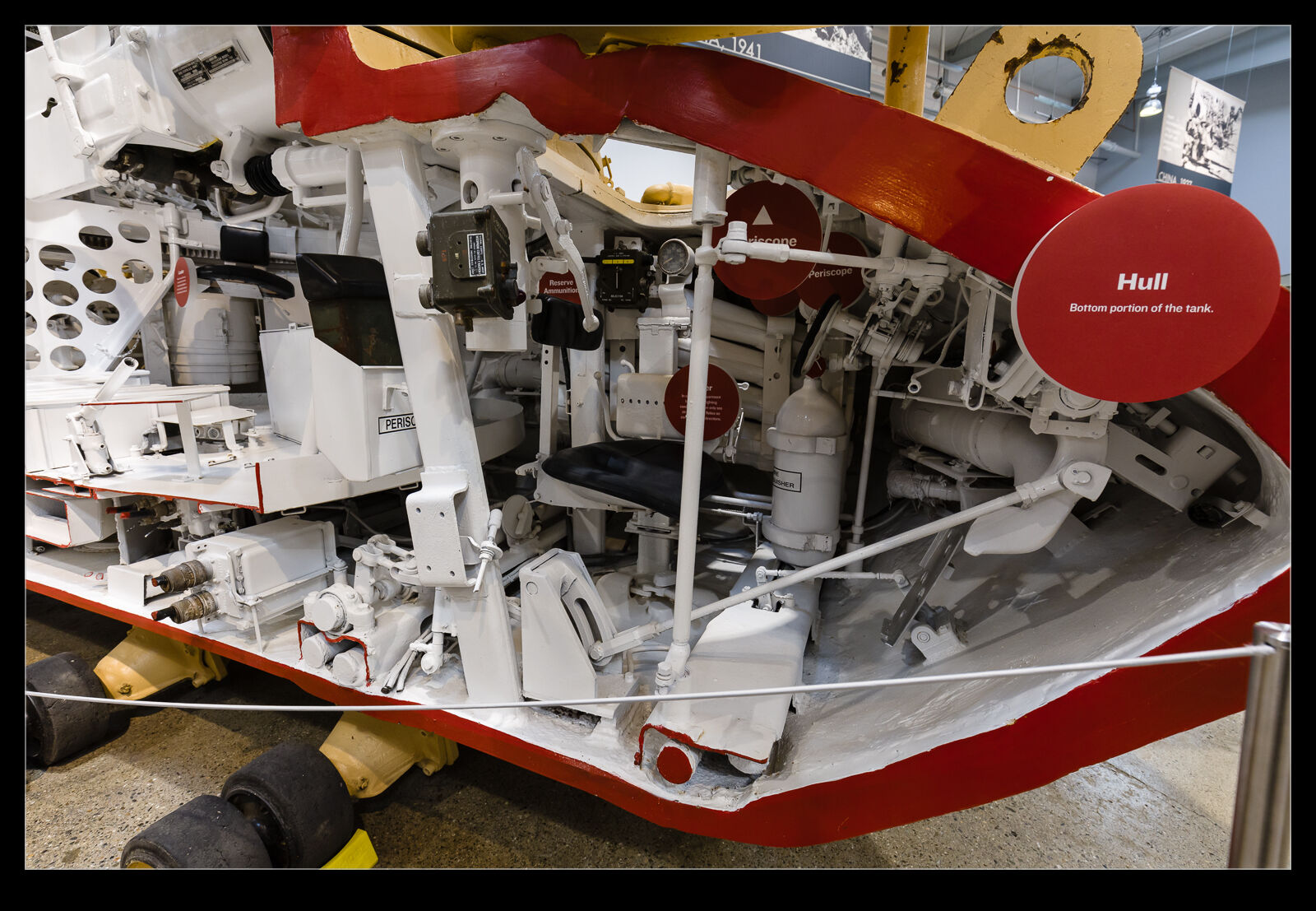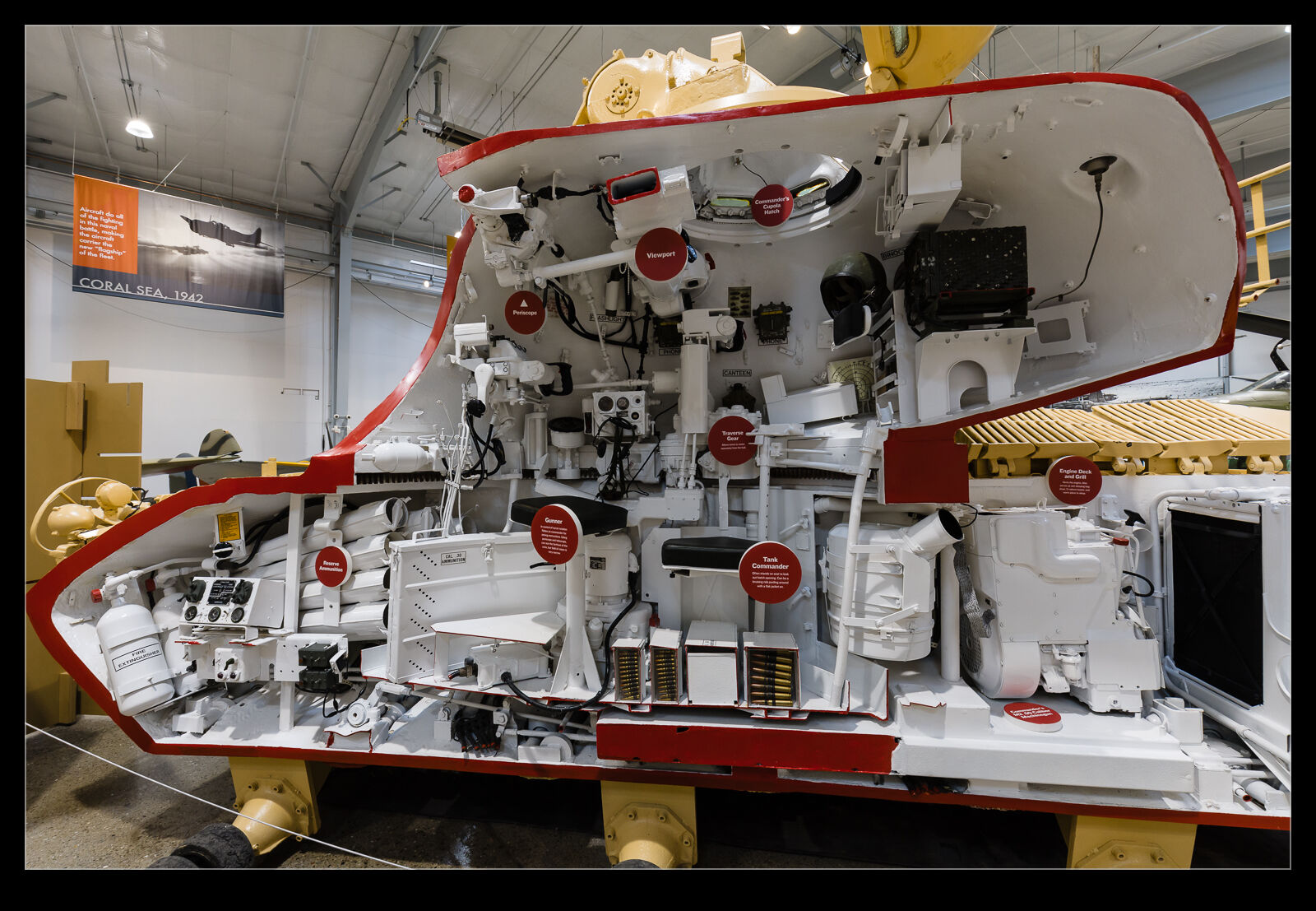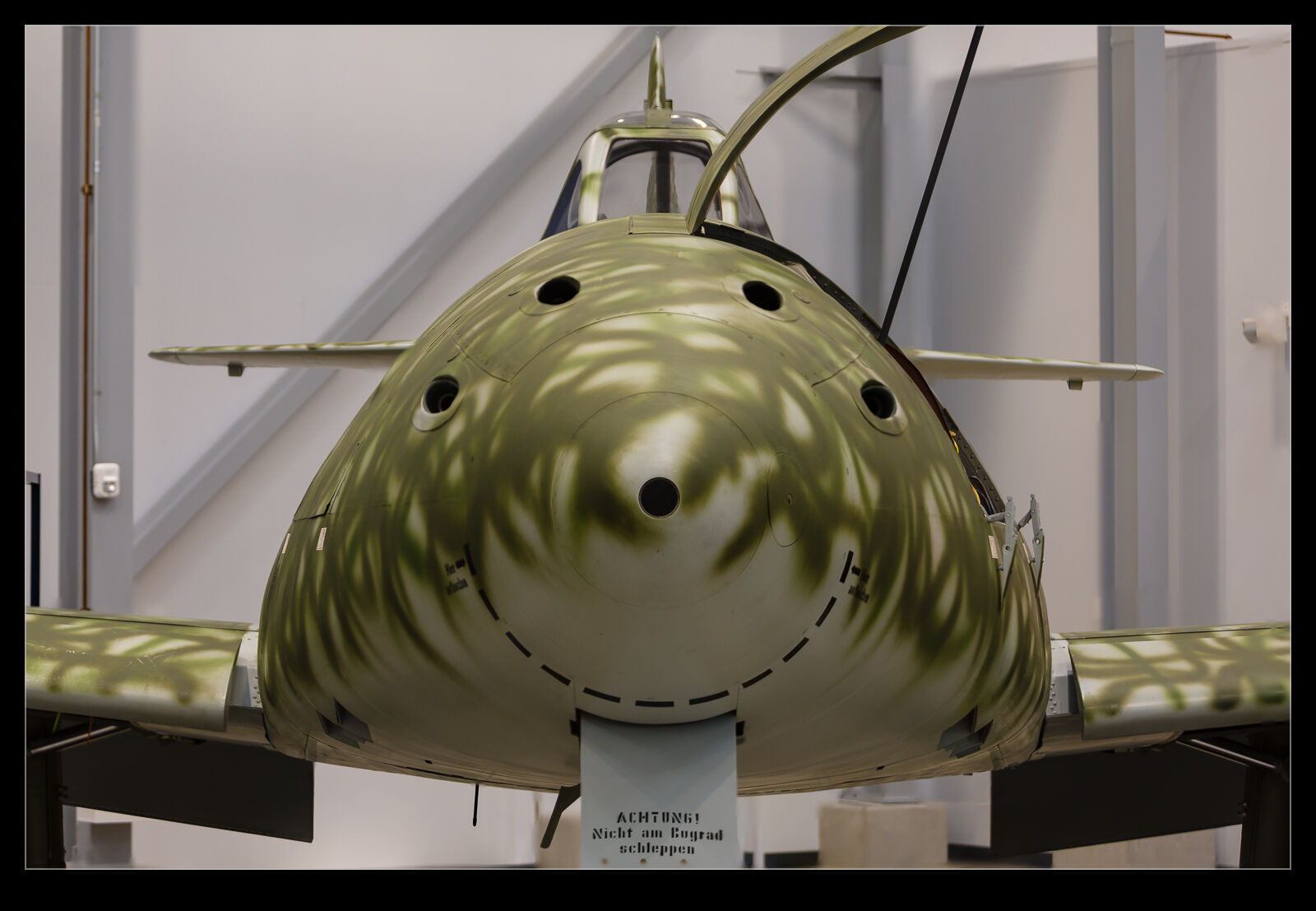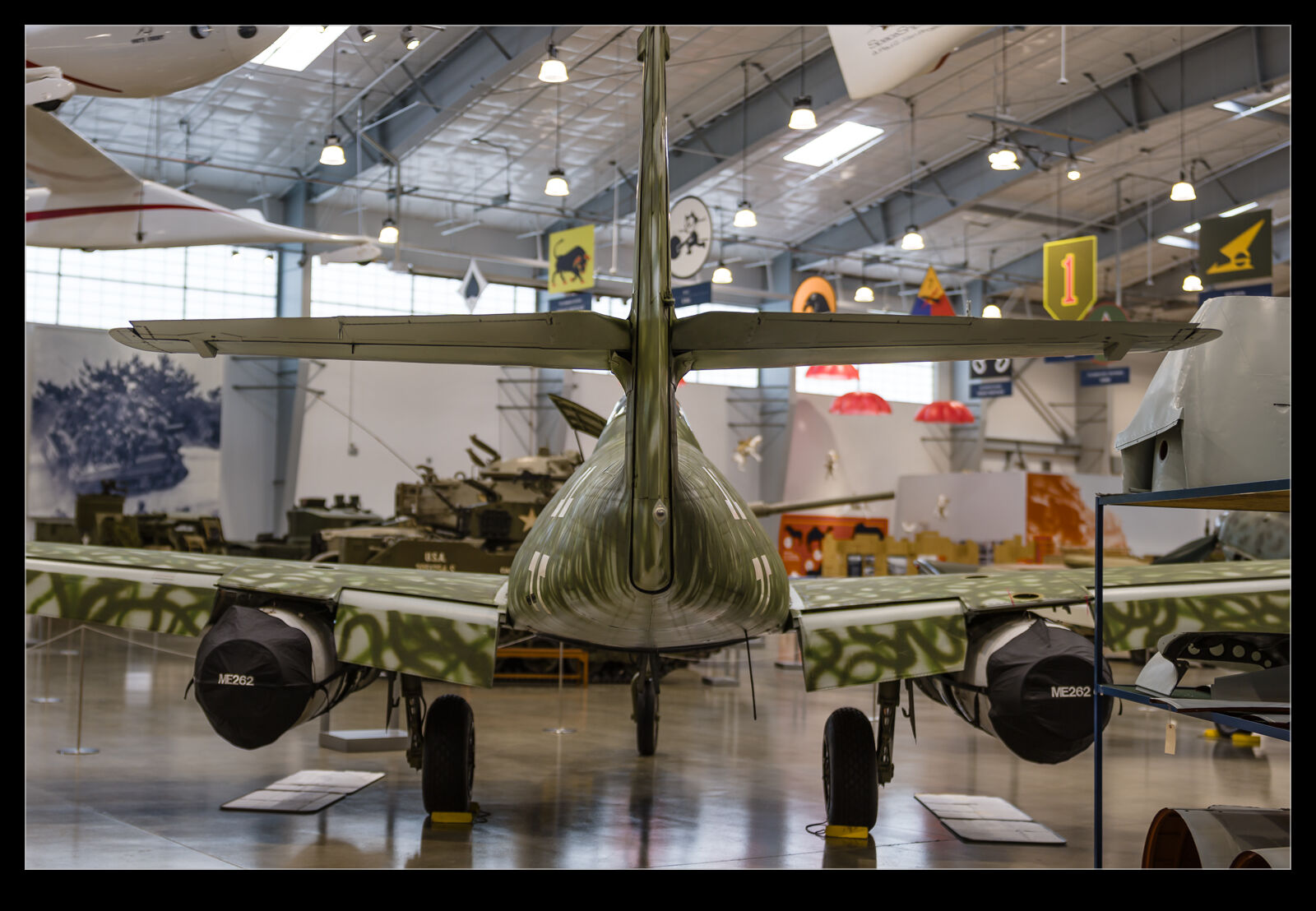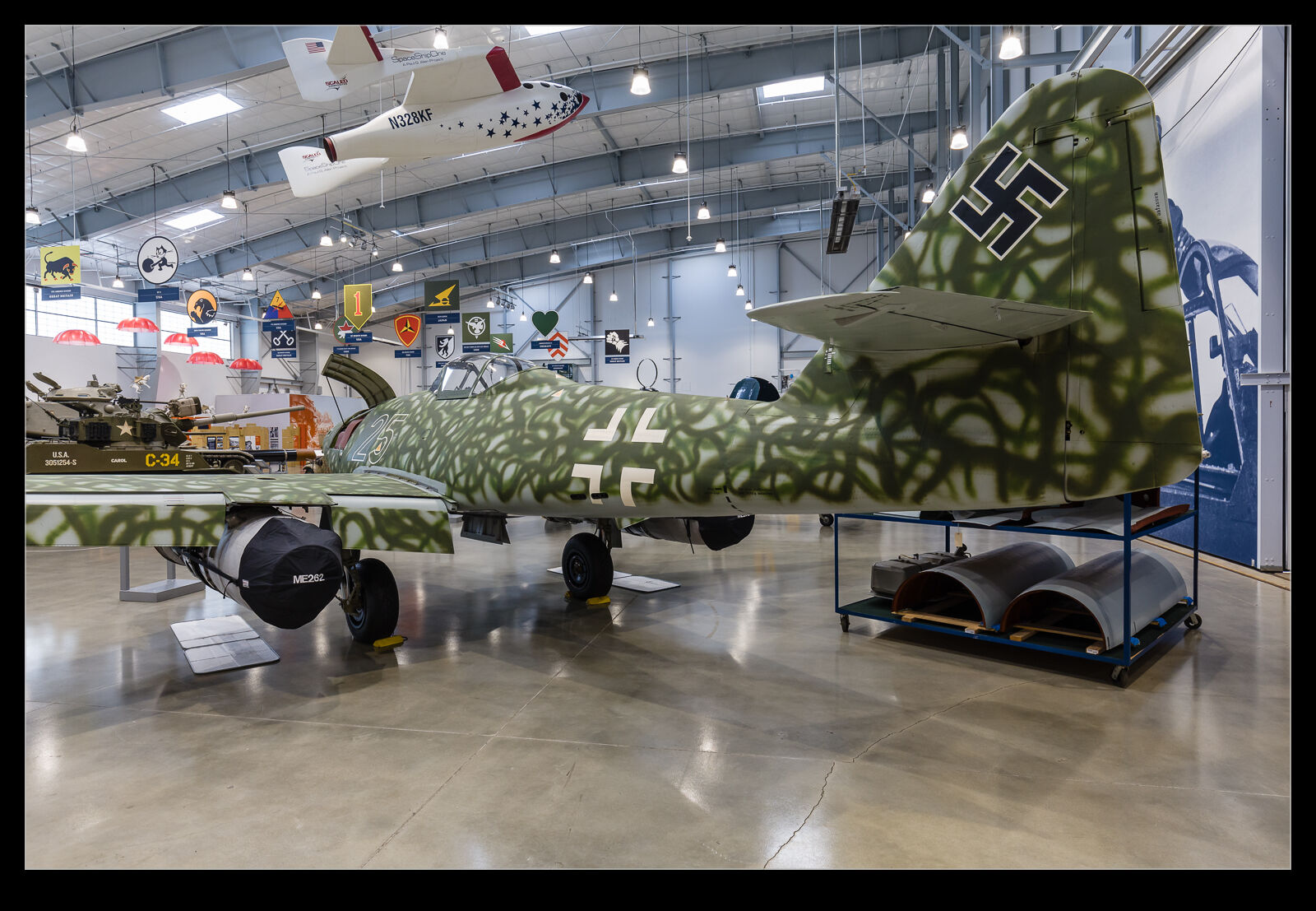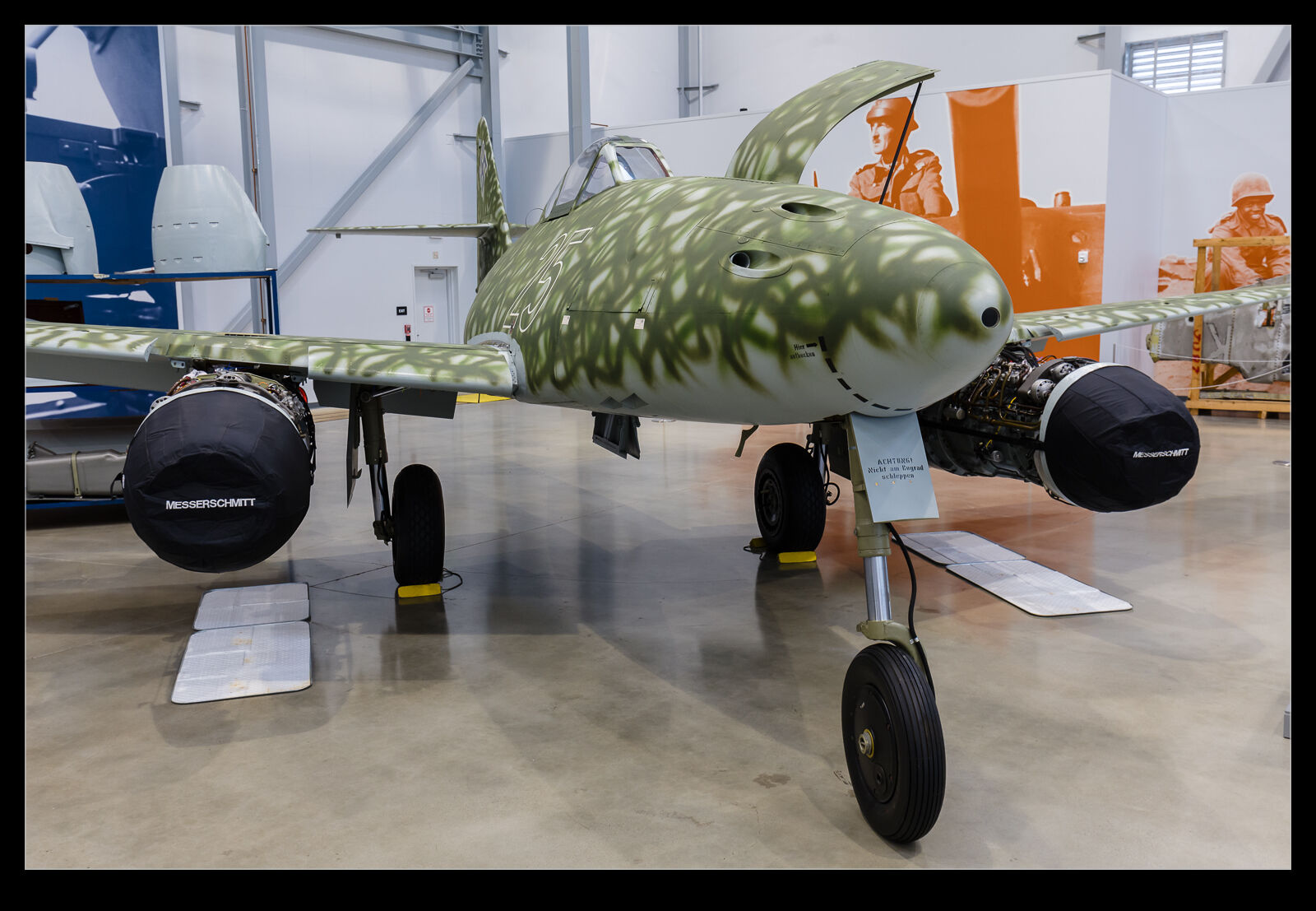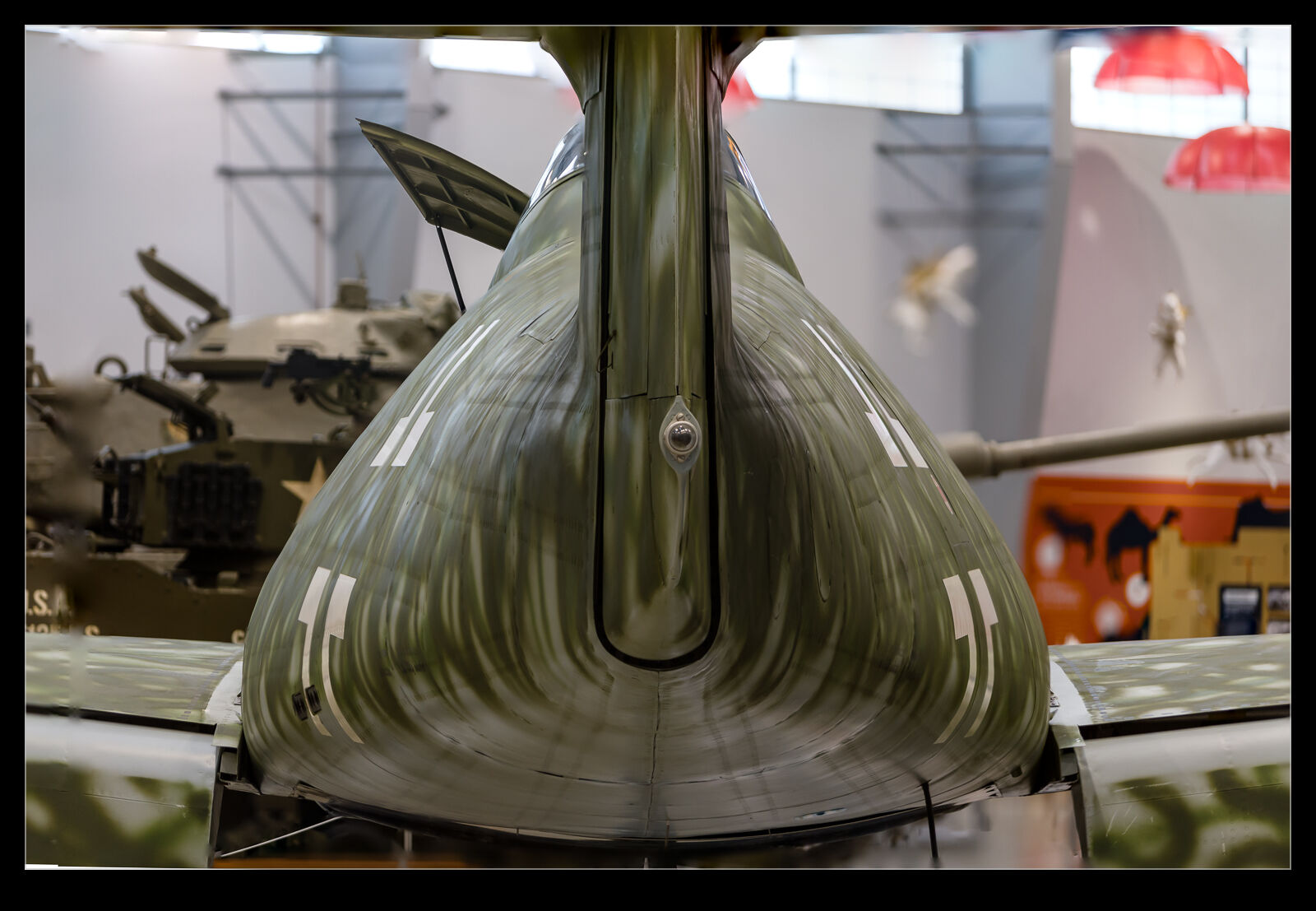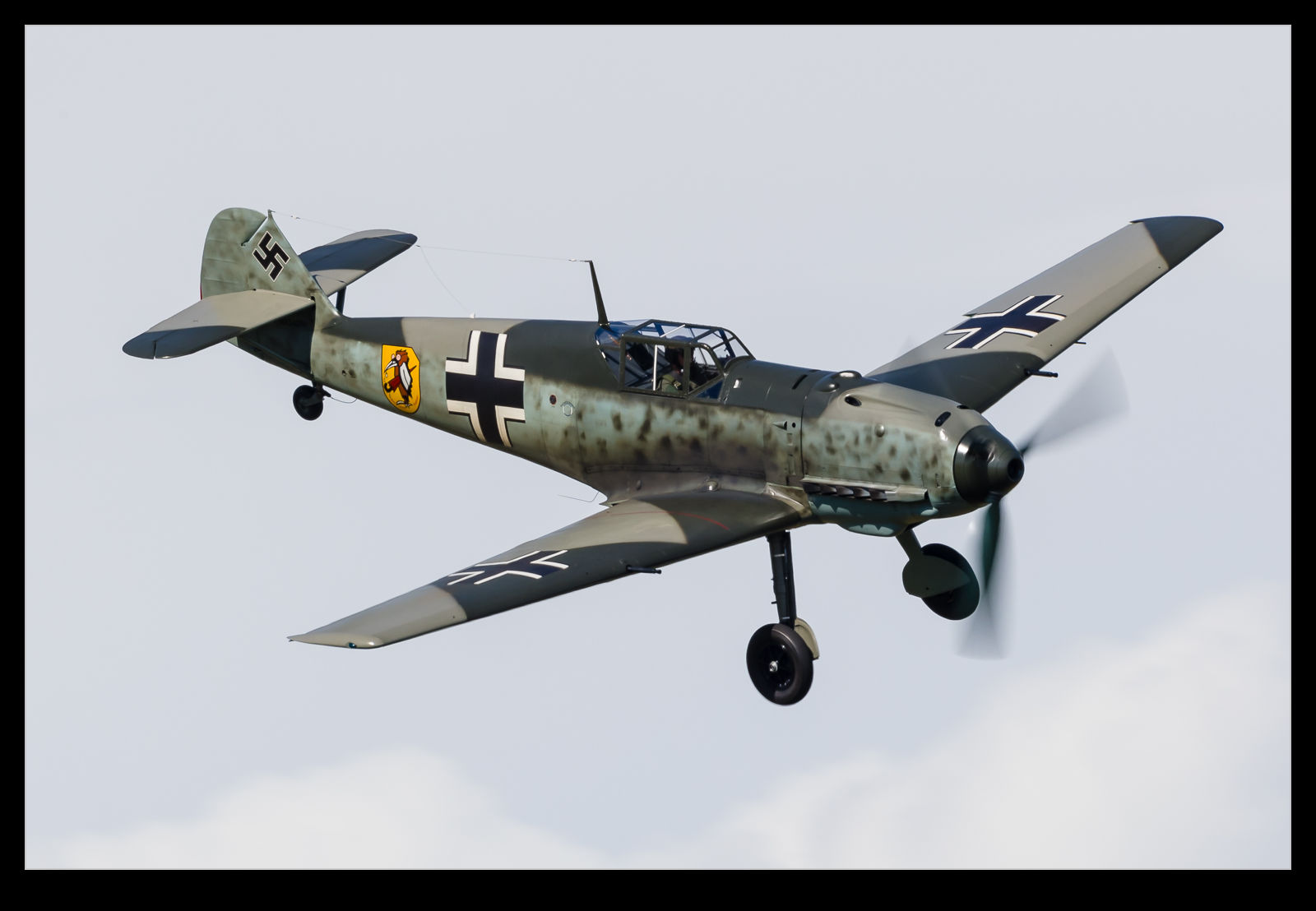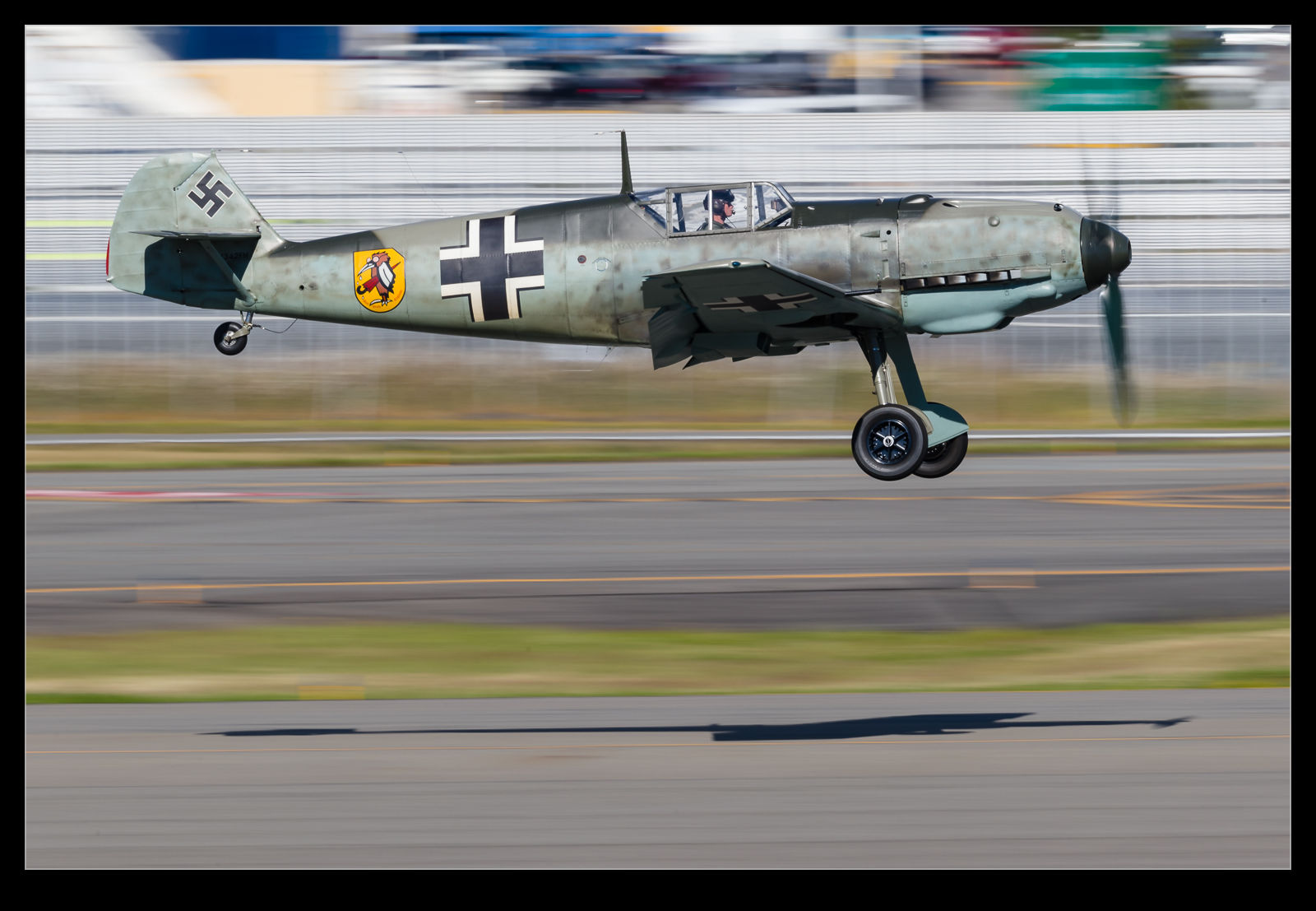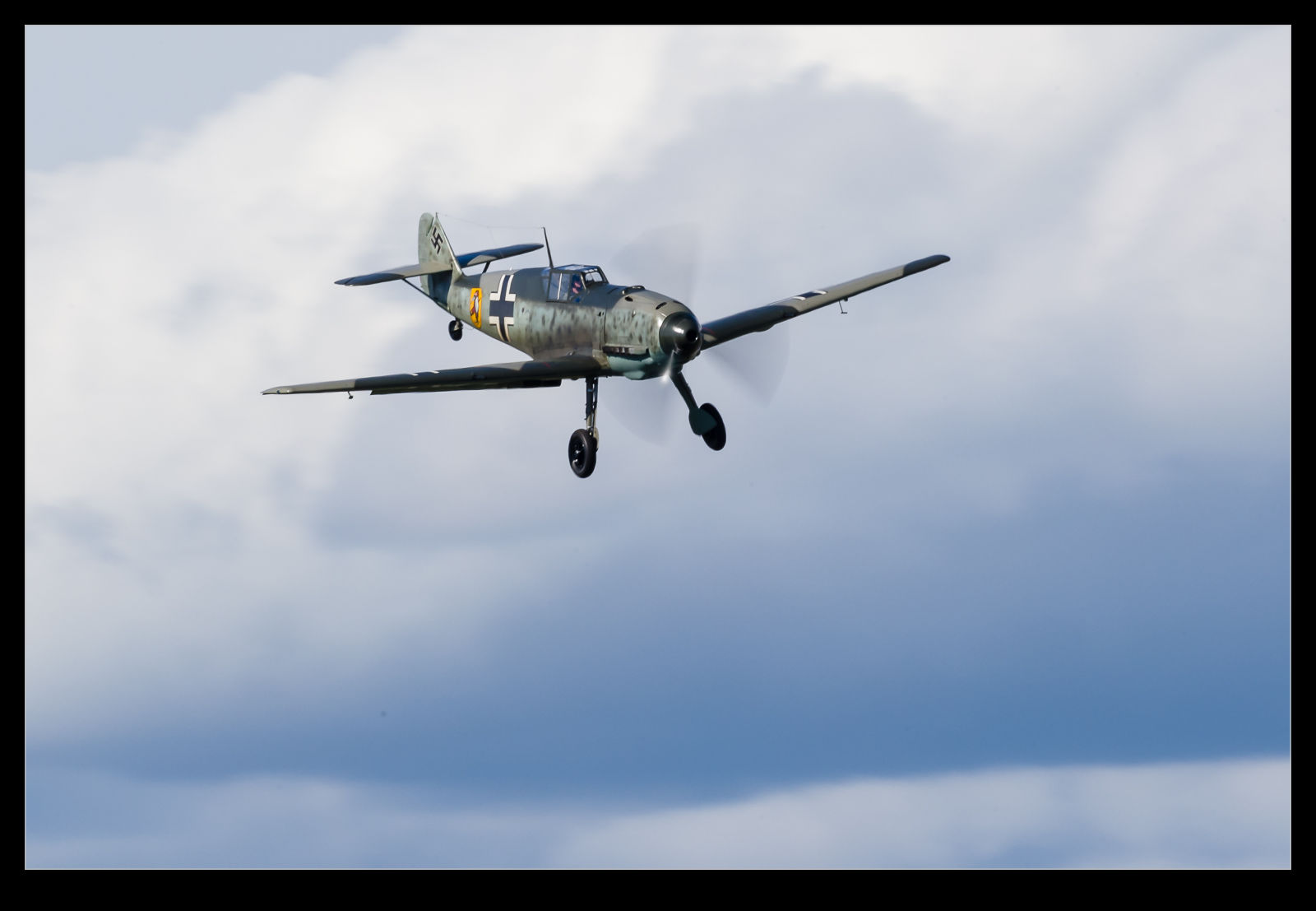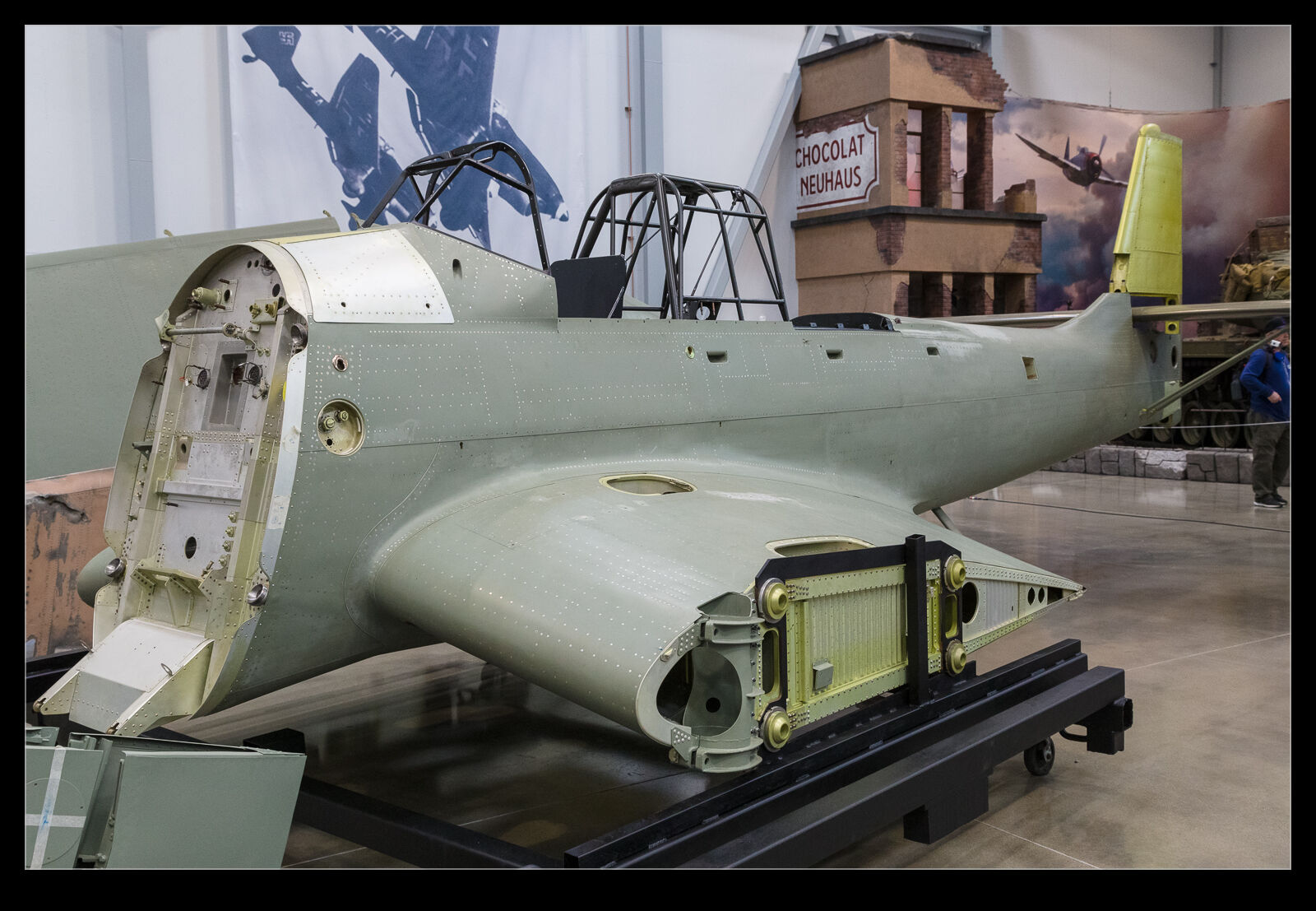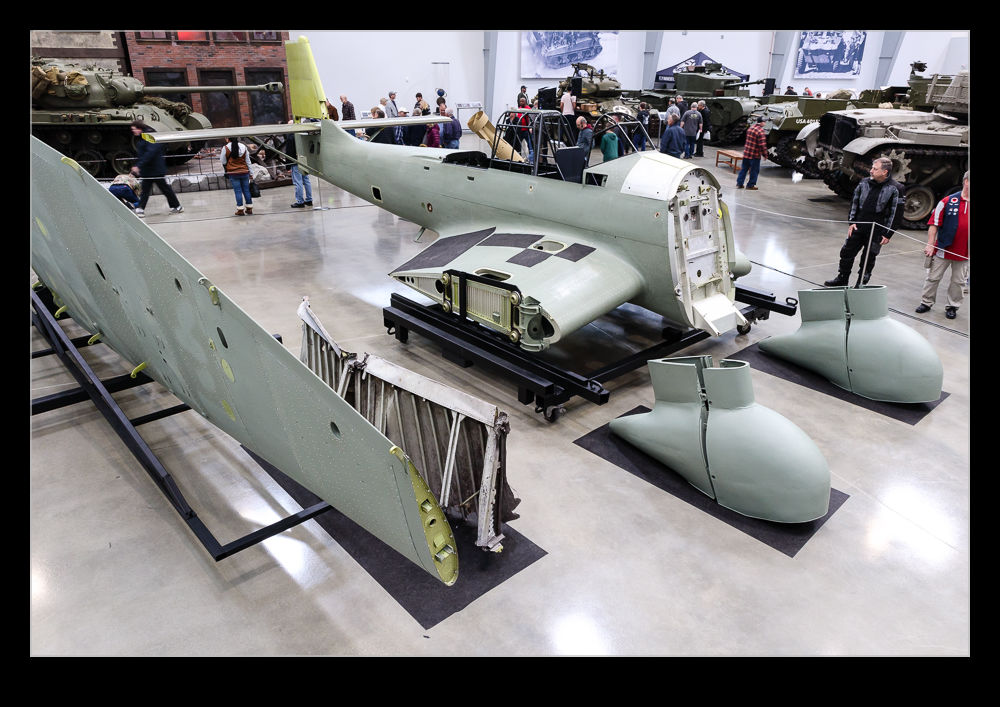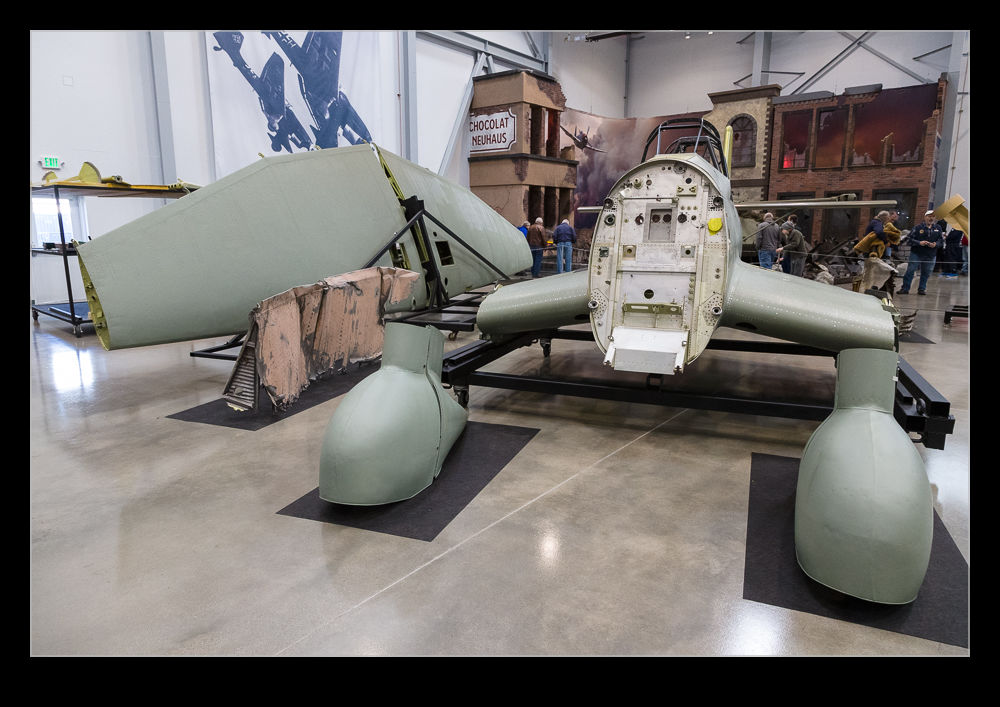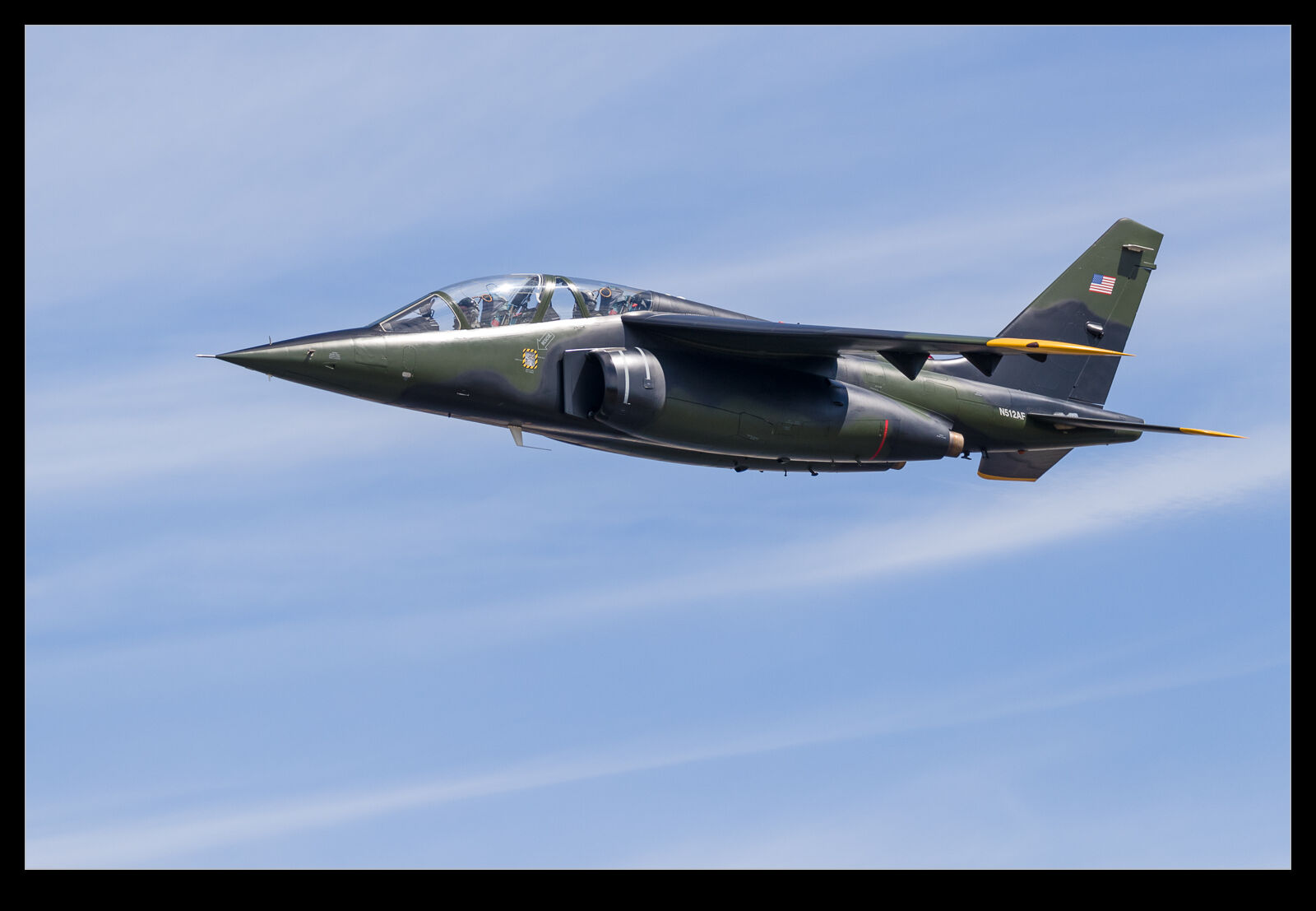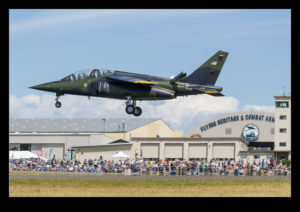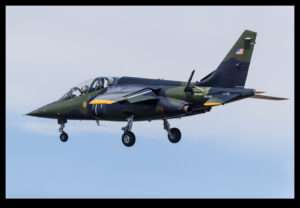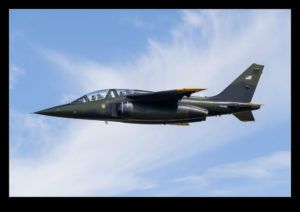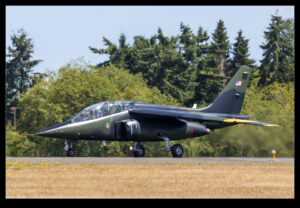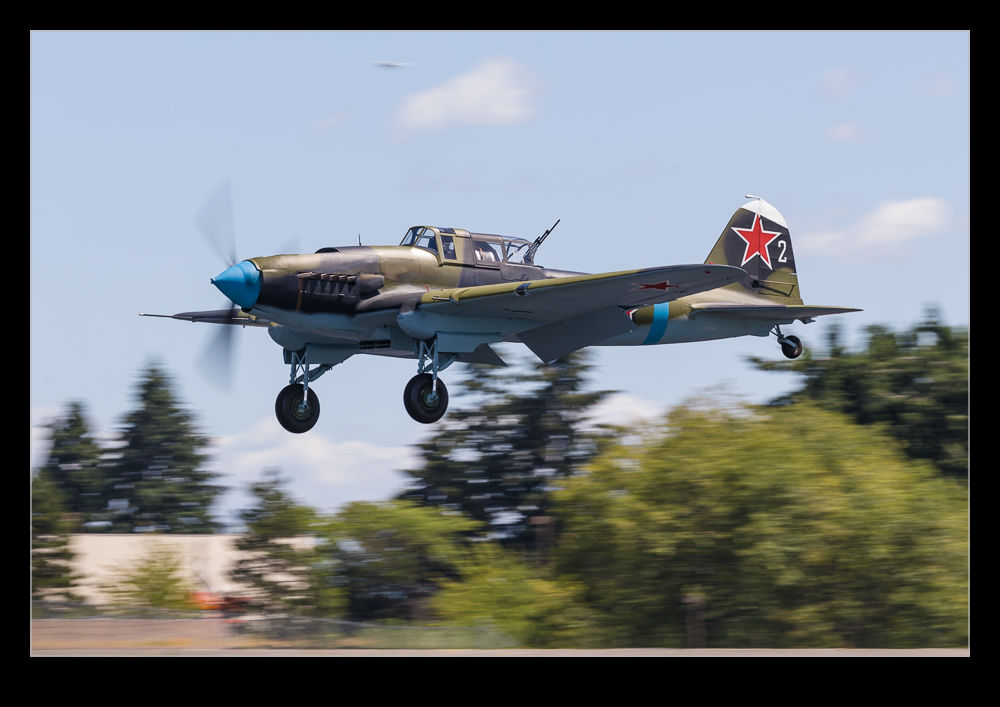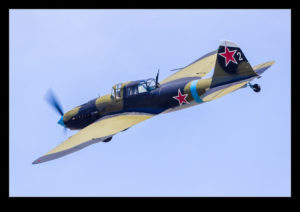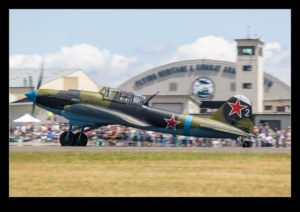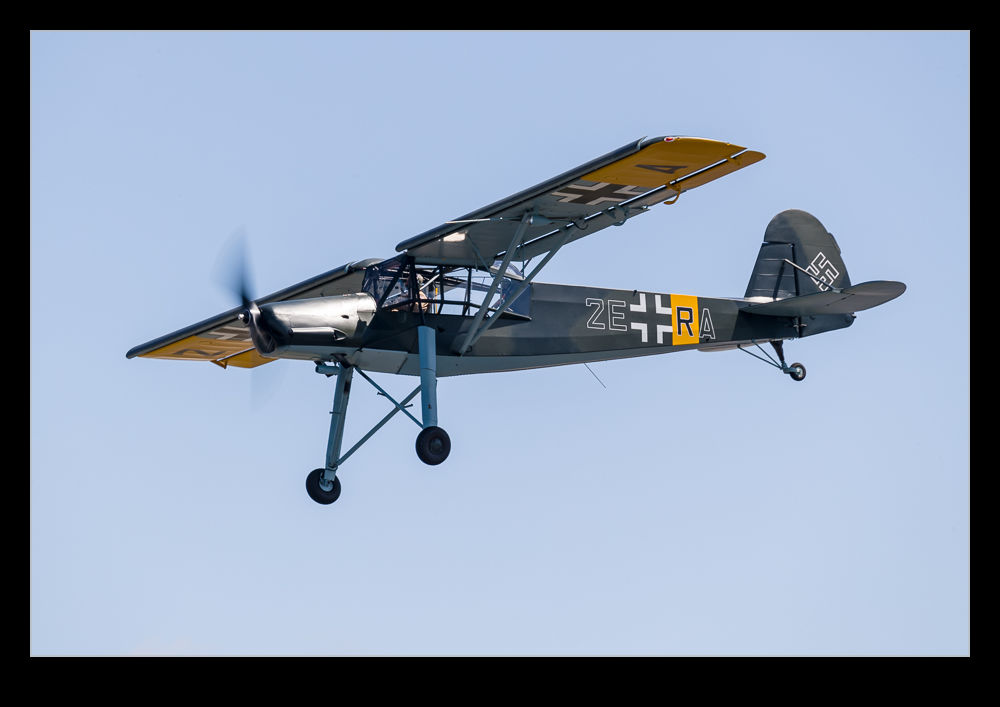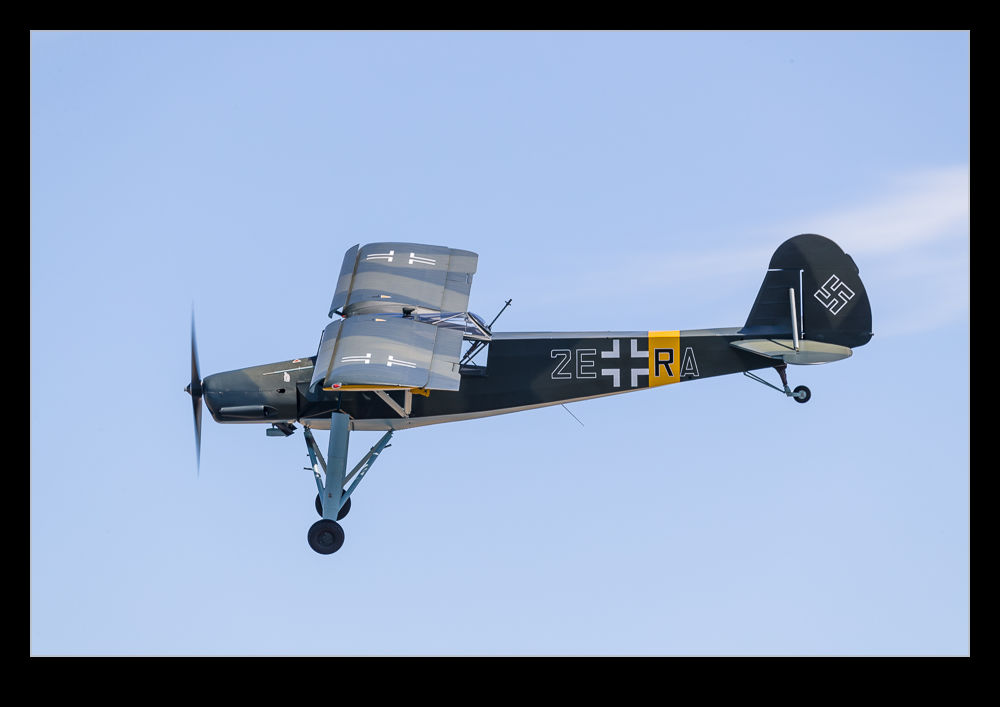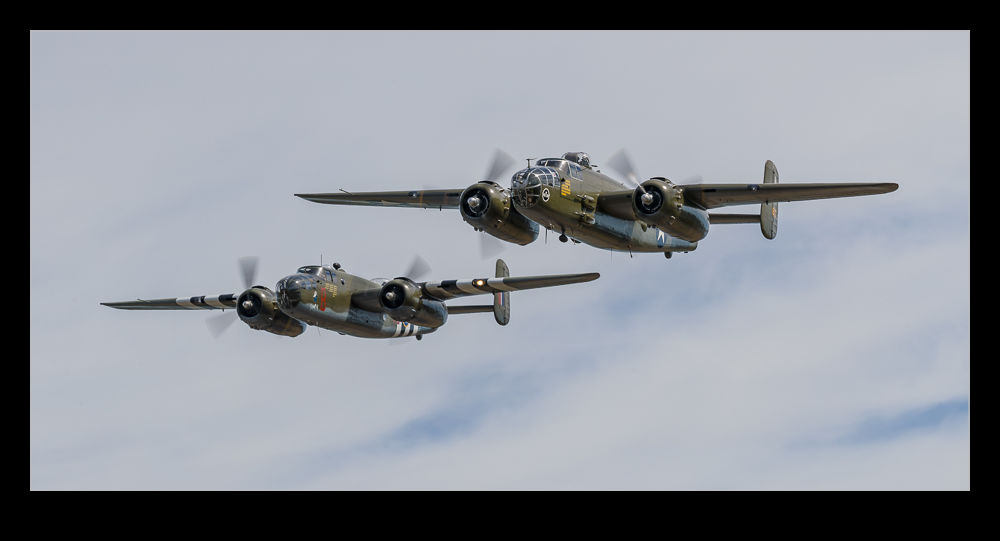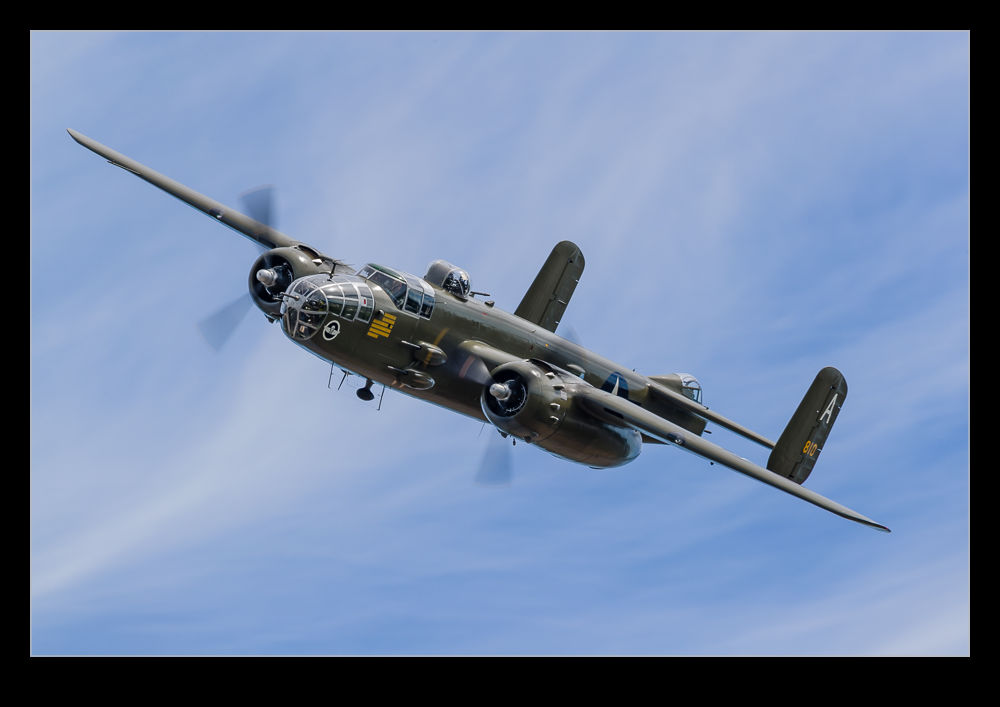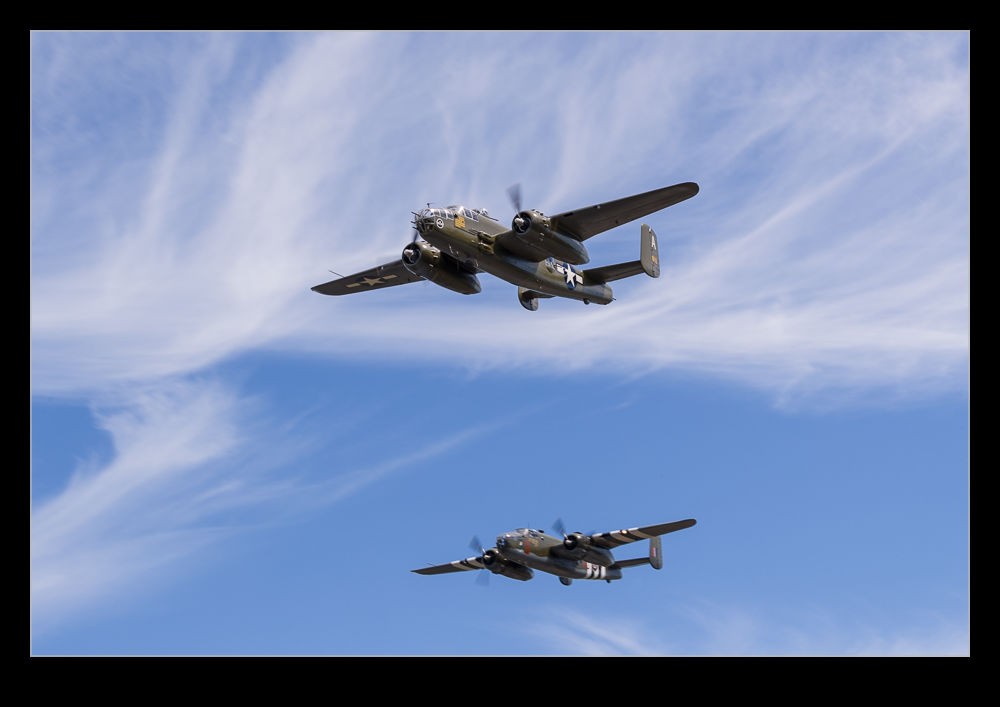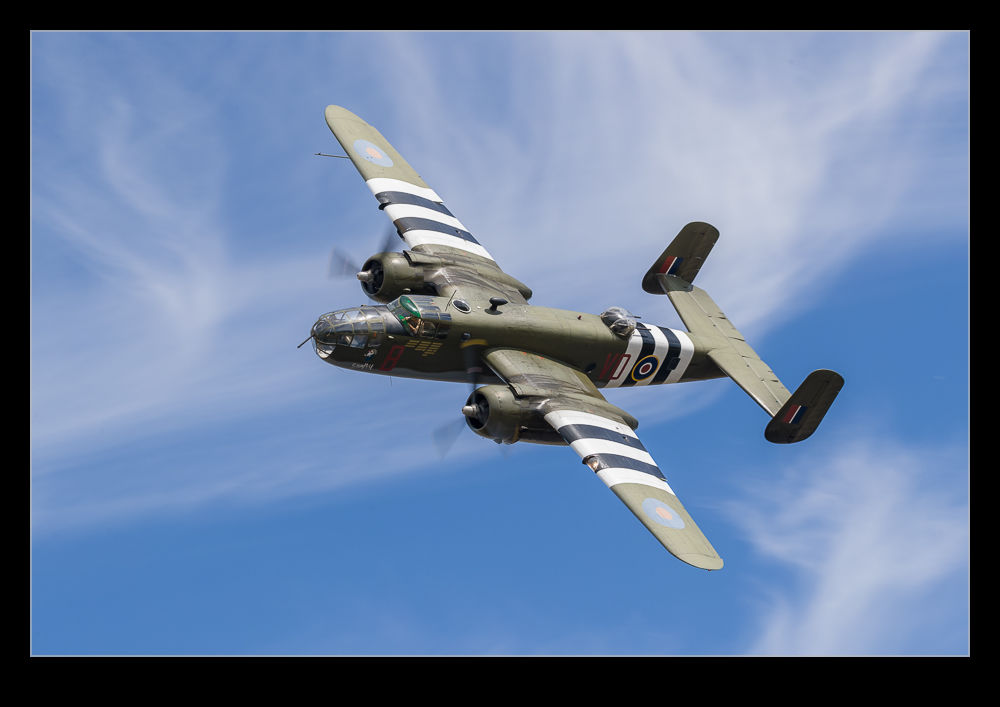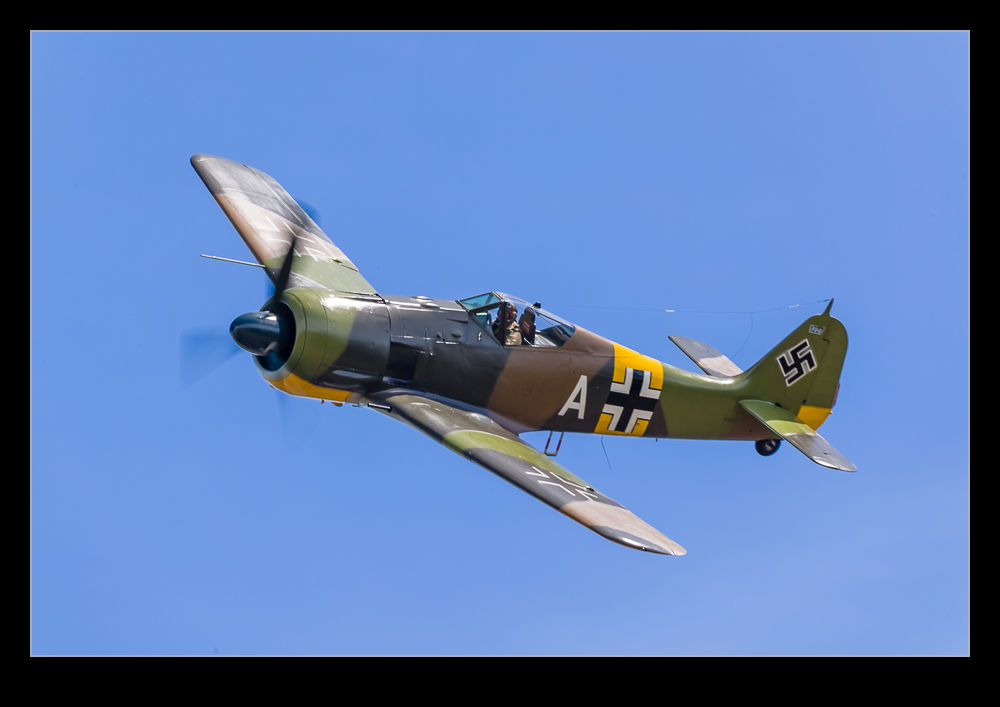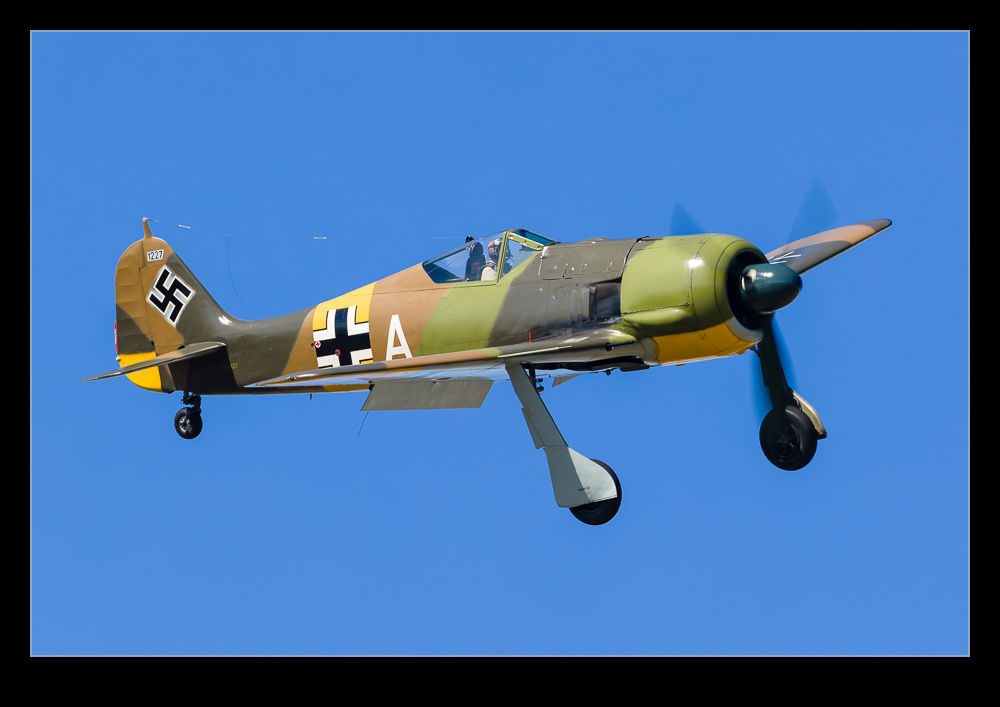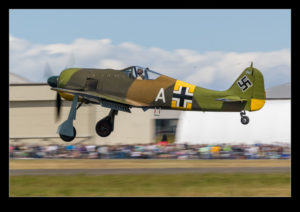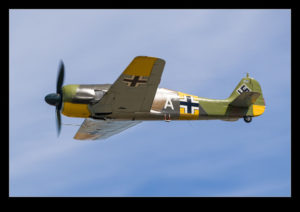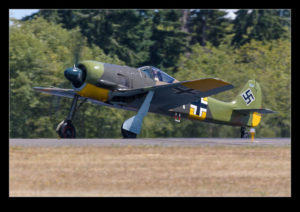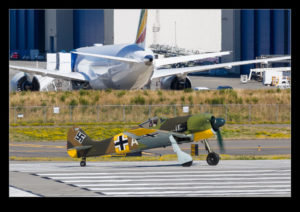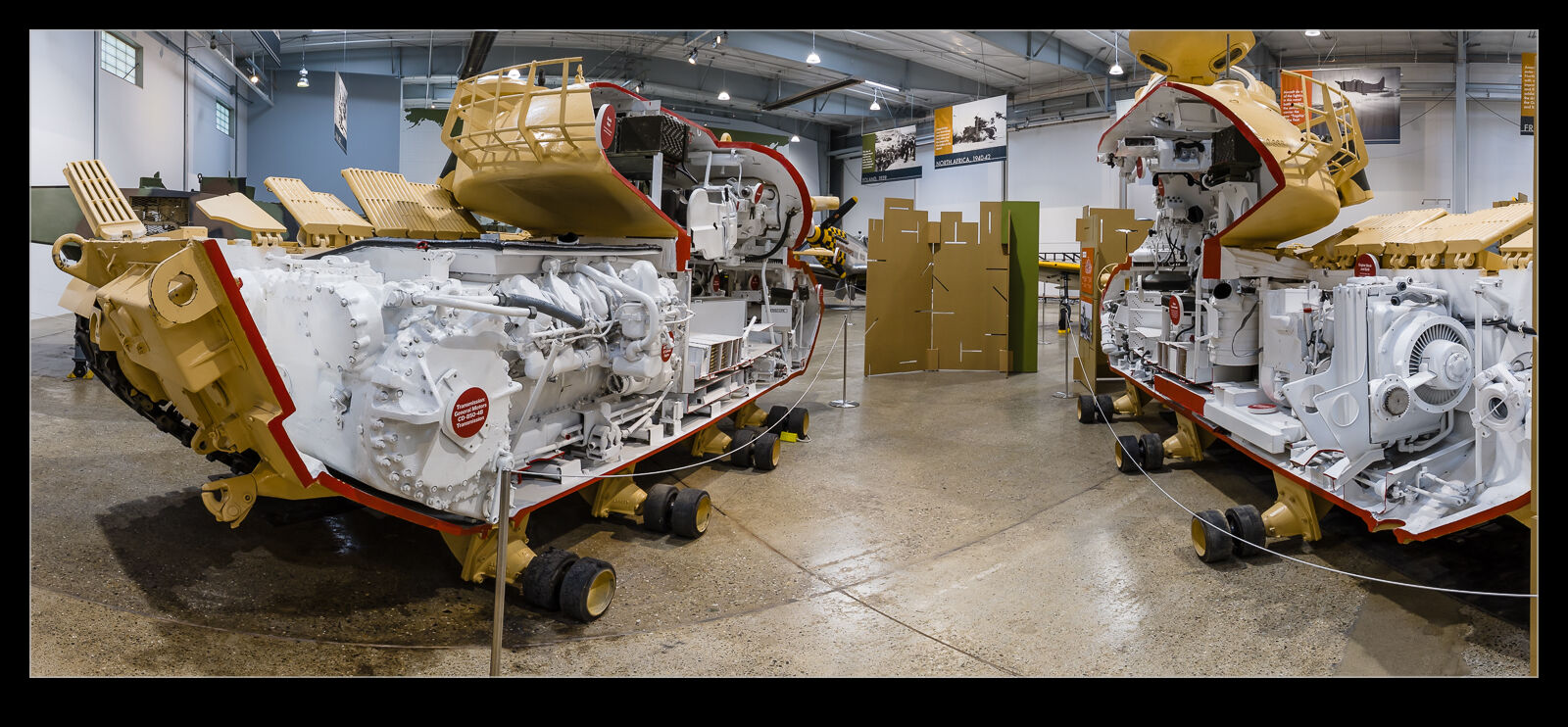 When Paul Allen died, there was some debate about the future of the Flying Heritage and Combat Armor Museum at Paine Field. The onset of the pandemic meant it closed down and most of us assumed it would never reopen. With everything sold to one of the Walton family, a move across country was then seen as the likely next step but it turns out, for now at least, that the museum is back open and running. Consequently, I stopped in to have a look at what has changed.
When Paul Allen died, there was some debate about the future of the Flying Heritage and Combat Armor Museum at Paine Field. The onset of the pandemic meant it closed down and most of us assumed it would never reopen. With everything sold to one of the Walton family, a move across country was then seen as the likely next step but it turns out, for now at least, that the museum is back open and running. Consequently, I stopped in to have a look at what has changed.
 In previous visits I have checked out their main battle tank that is cut in half. Apparently this was a gift from Jordan. The vehicle has been cut lengthways giving a detailed view of the interior layout of the vehicle. You can walk through the middle to check things out. On this visit, I was playing with some wider lens shots and, while I have taken images of this exhibit before, I paid it more attention this time.
In previous visits I have checked out their main battle tank that is cut in half. Apparently this was a gift from Jordan. The vehicle has been cut lengthways giving a detailed view of the interior layout of the vehicle. You can walk through the middle to check things out. On this visit, I was playing with some wider lens shots and, while I have taken images of this exhibit before, I paid it more attention this time.
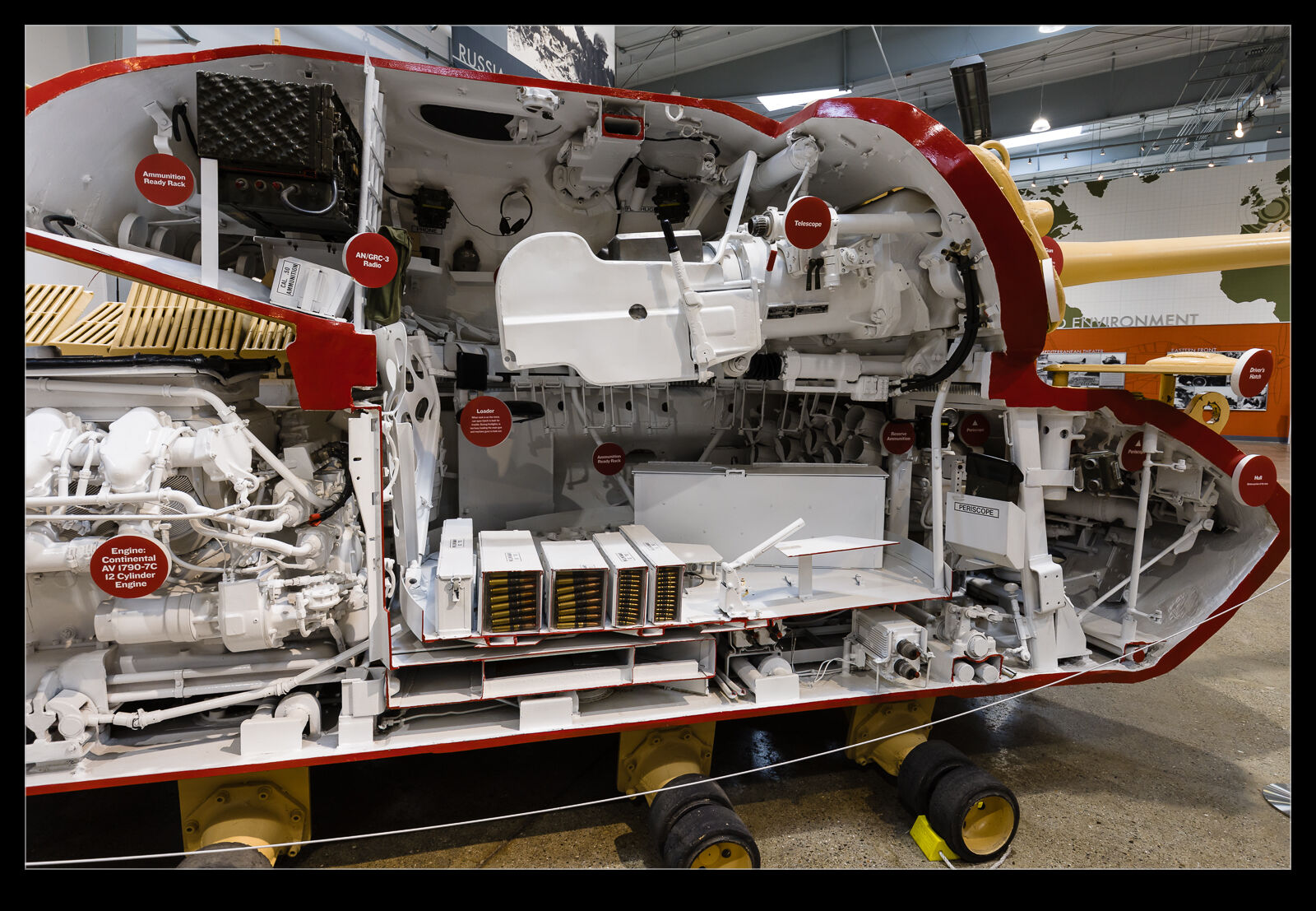 Even with it cut in half, some of the exposed spaces that the crew inhabits seem ridiculously small. I can’t imagine how cramped they are in real life. Being stuck in such a small space when in genuine peril and with limited options for escape should something go wrong must be quite focusing for the mind. Not hard to see how I didn’t end up as a tank crew member.
Even with it cut in half, some of the exposed spaces that the crew inhabits seem ridiculously small. I can’t imagine how cramped they are in real life. Being stuck in such a small space when in genuine peril and with limited options for escape should something go wrong must be quite focusing for the mind. Not hard to see how I didn’t end up as a tank crew member.
